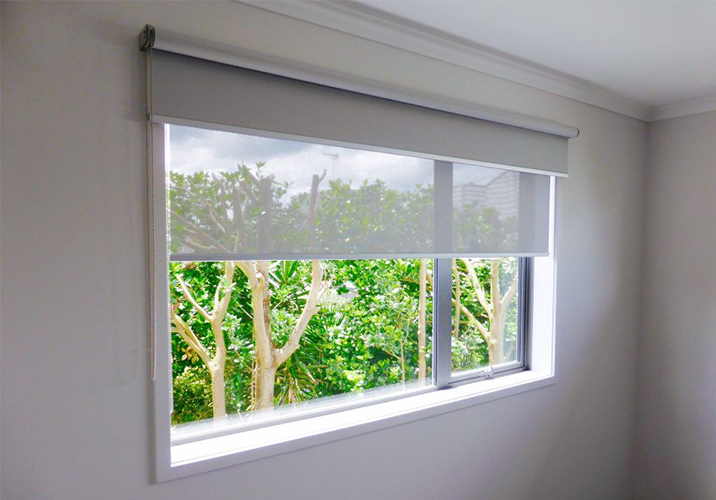As the world seems to be getting noisier and noisier, most of us are becoming even more determined to keep as much noise as possible out of our living spaces. With increased traffic outside, as well as high-tech stereos and entertainment centres in our homes – not to mention the smaller yards separating houses, it seems as if were more vulnerable than ever to the noises of our neighbours as well as the sounds produced by the rest of the outside world.
Soundproofing with plasterboard
There are three types of plasterboard that are commonly used for soundproofing:
- Barrierboard: This Australian-made plasterboard comes from a composite material that reduces outside noise levels by as much as 75 percent. Barrierboard is comprised of two sheets, with a layer of insulation in between. This rigid, 32mm board wont sag or bend, and can be applied directly onto standard walls without having to make construction changes to areas such as doorways.
- Boral SoundSTOP: Especially engineered for areas with acoustic walls and ceilings installations. Its used in conjunction with the Quiet Living, CinemaZone and PartiWALL systems produced by Boral. One advantage of the Quiet Living system is that is uses the same width as a standard interior wall, so its compatible with standard window frames, door jambs and other features. Likewise, Borals CinemaZone system is specially designed to protect your home theatre room from outside noises while enhancing and controlling the noise levels from the theatre speakers. Note: Boral SoundSTOP is so effective that loud outside voices can only be heard as a quiet murmur indoors. If more sound blocking is needed, you can add another layer to the wall.
- Gyprock Soundchek: This 10mm plasterboard is made with a thick, sound-reflective gypsum core thats layered with heavy-strength liner boards. It comes in two levels: STC 45, which can make conversations inaudible, and STC 50, which reduces sounds produced by music.
Enhancing your soundproofing
To enhance your plasterboard soundproofing, you can combine it with either wall or roof insulation to add another layer of protection. You can also apply it to solid doors that have been surrounded with protective door seals. If you have an entertainment centre or home theatre, you’ll want to also install soft carpeting and furnishings that are quiet and don’t creak. Additionally, take steps to ensure that light switches and power points aren’t placed back to back, as sound can leak through the gaps that were created for these installations.

Soundproof doors
A soundproof door is heavily insulated to block out noise and vibrations from the outside. This reduction in noise is achieved with strong acoustic seals and quality insulation. Acoustic doors are made in accordance with standards of sound resistance and should be certified after testing. They are available in a wide range of materials like laminated steel, galvanised steel and also sheet metals.
Different types
Once you have considered your soundproof requirements, you can choose doors in different sizes and types.
The main doors available include the following:
- Double or single sliding doors
- Swinging doors, single or double.
- Smoke or fire doors.
- Magnamatic or electronic automatic doors.
- Lightweight or heavy doors.
Soundproof windows
Noise from the street can get in easily through single glazed windows. The glass is thin, but there are also small holes and gaps around the window frame and joints that allow sound to transmit into your home. The sound can also travel through vibration as the noise hits the glass and vibrates through your house. Ensuring that your windows are well-sealed is one step to take, but getting them double glazed provides extra soundproofing.
Double glazed windows
Double glazed windows are completely sealed and do not allow the air to vibrate sound into your home. There are two layers of glass with a small gap between them, which helps to kill the vibration. Additionally, the extra pane of glass means that any outside noise has two panes to travel through before it can break into the peacefulness of your home. Double glazed windows can prevent the transmission of noise by up to 70 percent. New home builds will likely have double glazed windows, however older homes will need to retrofit these.
Contact local glaziers
Other soundproofing tips
In addition to plasterboard, soundproof doors and windows, here’s some other tips to minimise noise where it’s needed; for example a home theatre.
- Ensuring adequate insulation throughout the ceiling and walls
- Plush furnishing and carpet, as well as heavy window coverings that can absorb sound




















